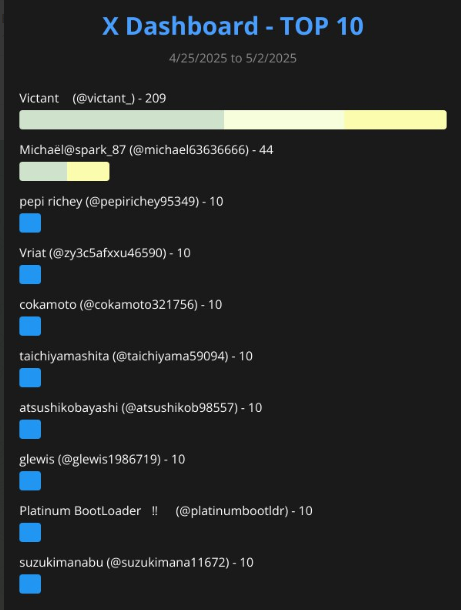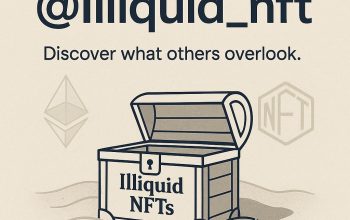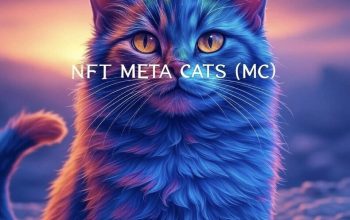Introduction
Imagine owning a piece of digital art that can’t be replicated, a virtual plot of land that you can develop and sell, or even a fraction of a luxury yacht. Welcome to the world of Non-Fungible Tokens (NFTs), where the digital and real worlds collide in unprecedented ways. NFTs are more than just a buzzword; they represent a revolutionary technology that is transforming industries and challenging conventional notions of ownership. Let’s dive into the fascinating realm of NFTs, exploring their real-world applications, market trends, and the future they are shaping.
The Rise of NFTs
Understanding NFTs
At their core, NFTs are digital assets verified using blockchain technology. This verification ensures that each NFT is unique and cannot be exchanged on a one-to-one basis, unlike cryptocurrencies such as Bitcoin or Ethereum. Think of an NFT as a digital certificate of authenticity, proving that you own a specific item, whether it’s a piece of art, a virtual asset, or a real-world property. This uniqueness is what makes NFTs so powerful and versatile.
Market Trends and Growth
The NFT market has experienced meteoric growth, capturing the attention of investors, artists, and tech enthusiasts alike. In 2021, the total sales volume of NFTs reached a staggering $25 billion, a monumental leap from $94.9 million in 2020[1]. This explosive growth can be attributed to several factors, including the rising acceptance of digital ownership, the boom in decentralized finance (DeFi), and the growing fascination with blockchain technology. As more people recognize the potential of NFTs, the market continues to expand, paving the way for innovative applications across various industries.
Real-World Applications of NFTs
Digital Art and Collectibles
One of the most prominent applications of NFTs is in the world of digital art and collectibles. Artists and creators can tokenize their work, allowing buyers to own a unique piece of digital art. Platforms like OpenSea and Rarible have become bustling marketplaces for NFT art, with some pieces fetching millions of dollars. For example, digital artist Beeple sold an NFT for $69 million at Christie’s auction house, marking a significant milestone in the art world[2]. This trend is not just about high-value transactions; it’s about democratizing art ownership and providing artists with new revenue streams.
Gaming and Virtual Worlds
NFTs are also revolutionizing the gaming industry. In-game items, characters, and virtual real estate can be tokenized, allowing players to own and trade these assets. Games like Decentraland and The Sandbox are at the forefront of this trend, offering players the ability to buy, sell, and develop virtual land using NFTs. This not only enhances the gaming experience but also creates new economic opportunities within these virtual worlds. Players can now invest in virtual properties, attend virtual concerts, and even build businesses, all within the metaverse.
Real-World Assets
Beyond the digital realm, NFTs are being used to represent real-world assets. Real estate properties, luxury goods, and intellectual property can all be tokenized, enabling fractional ownership. This makes it easier for investors to buy and sell shares in high-value assets. Companies like Propy and Ubitquity are leading the way, using blockchain technology to streamline real estate transactions and property management. For instance, a property can be divided into multiple NFTs, allowing different investors to own a portion of the asset. This not only increases liquidity but also opens up new investment opportunities.
Music and Entertainment
The music industry is another sector benefiting from NFTs. Musicians can tokenize their albums, concert tickets, and even royalties, giving fans a unique way to support their favorite artists. Platforms like Catalog and Royal are pioneering this space, allowing artists to monetize their work directly through NFTs. This not only provides a new revenue stream for artists but also strengthens the connection between artists and their fans. Fans can own a piece of their favorite artist’s work, creating a deeper sense of engagement and loyalty.
The Future of NFTs
Technological Advancements
As NFT technology continues to evolve, we can expect to see even more innovative applications. Advances in blockchain scalability, interoperability, and security will make NFTs more accessible and versatile. For example, the development of Layer 2 solutions and cross-chain bridges will enable seamless transactions across different blockchain networks, expanding the reach of NFTs. These technological advancements will also address some of the current limitations, such as high transaction fees and slow processing times, making NFTs more practical for everyday use.
Regulatory and Legal Considerations
While the potential of NFTs is immense, there are also regulatory and legal challenges to consider. Governments and regulatory bodies are still grappling with how to classify and regulate NFTs. Issues such as intellectual property rights, taxation, and consumer protection need to be addressed to ensure the sustainable growth of the NFT market. For instance, the U.S. Securities and Exchange Commission (SEC) has been closely monitoring the NFT space, issuing guidelines and warnings to protect investors[3]. As the market matures, we can expect to see more clarity on these regulatory issues, providing a framework for the responsible growth of NFTs.
Environmental Impact
The environmental impact of NFTs, particularly those minted on energy-intensive blockchains like Ethereum, has been a topic of debate. However, the shift towards more eco-friendly blockchains and the adoption of proof-of-stake (PoS) consensus mechanisms are mitigating these concerns. Initiatives like the Ethereum 2.0 upgrade and the development of green NFT platforms are paving the way for a more sustainable future for NFTs. These efforts are crucial for addressing the environmental concerns associated with blockchain technology and ensuring that NFTs can be part of a sustainable digital economy.
Conclusion
The Path Forward
NFTs represent a transformative technology with the potential to reshape various industries. From digital art and gaming to real-world assets and entertainment, the applications of NFTs are vast and varied. As the technology continues to evolve, it is crucial for stakeholders to address regulatory, legal, and environmental challenges to ensure the sustainable growth of the NFT market. The future of NFTs is bright, and their impact on the digital and real worlds will be profound. Embracing this technology and exploring its full potential will pave the way for a more innovative and interconnected future. So, whether you’re an artist, a gamer, an investor, or just someone curious about the latest tech trends, there’s a place for you in the exciting world of NFTs.
—
[1] DappRadar. (2021). NFT Market Report 2021. Retrieved from DappRadar
[2] Christie’s. (2021). Beeple’s Everydays: The First 5000 Days. Retrieved from Christie’s
[3] U.S. Securities and Exchange Commission. (2021). SEC Issues Investor Alert on Non-Fungible Tokens (NFTs). Retrieved from SEC




